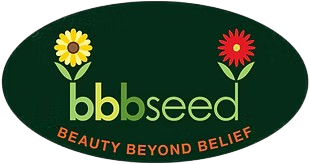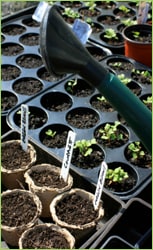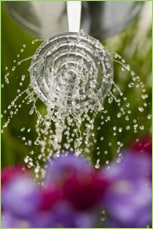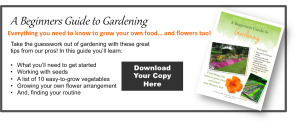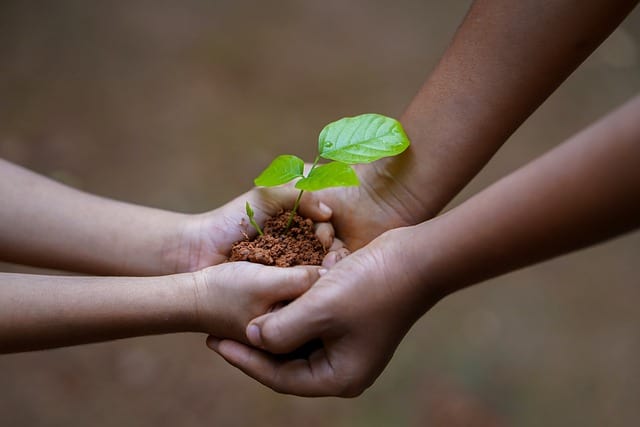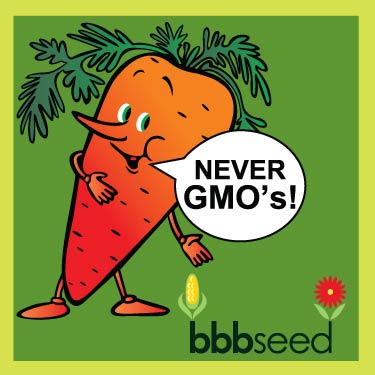Great Techniques for a Weed-Free Garden
It is so easy to be discouraged when faced with a garden that is being overtaken by weeds. Keep your garden productive and relatively weed-free by cleaning out the weeds every so often. Cleaning your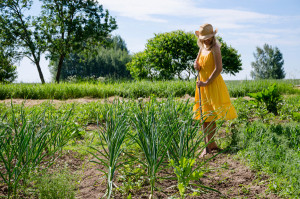 garden by weeding is one of the keys to keeping your crops productive and your enthusiasm strong. Here are some great weed-prevention strategies, and simple techniques for a relatively weed-free garden.
garden by weeding is one of the keys to keeping your crops productive and your enthusiasm strong. Here are some great weed-prevention strategies, and simple techniques for a relatively weed-free garden.
1. Starting at the beginning, don’t deeply-till the garden. Plowing or deep tilling buries weed seeds that are lying on the surface and then brings them back up. Let buried seeds stay buried. Most seeds germinate only in the top two inches of soil. Before you plant a new garden, till the soil shallowly to encourage the surface weed seeds to sprout, then water the area if the soil is dry. The combination of air, moisture, and exposure to light will stimulate weed-seed germination. Wait a week after tilling and then hoe or till shallowly again to eradicate all the newly germinated weed seedlings before you plant. The more times you repeat this pre-plant weed-reduction technique, the fewer dormant weed seeds you will have lurking in your garden beds. Once the upper-layer weed seeds are exhausted (it takes a number of years, so be patient), very few new weeds will appear unless you bring them up from below… or let weeds mature and drop new seeds.
2. Don’t allow weeds to go to seed. Nature is prolific. Each plant can produce an enormous number of seeds. There is an old saying “One year’s seeding means seven years’ weeding” and it holds true. Weeds produce an abundance of seeds and the results of this carelessness are exponential. The more seeds you have, the more weeds you will have. But the results of a little weed control also are cumulative. If weed plants are removed from the garden before they go to, seed, their thousands of seeds won’t be added to the garden. No more seeds, no more weeds. And, as the years go by, fewer and fewer seeds will be left in the garden to germinate.
3. Eradicate weeds while they are small. Tiny, newly germinated weeds are the easiest to kill. A sharp hoe, lightly scraping the soil surface is the most effective way to control small weeds. This allows you to work shallowly and not disturb the roots of the plants you want to thrive. That minimum effort yields a maximum benefit, curing the weed problem, while making a tidy garden. And a well-kept garden may motivate you to spend more caretaking time there. Larger weeds can be hand-pulled and left to dry out on the soil surface. Any weeds that are going to seed should be destroyed or thrown away. To make the job easier, pull weeds after a good rain or watering. Try to keep the area surrounding your garden weed-free by tilling a path or mulching a path around the planting zones.
Keep your sharp hoe in or near the garden and use it for a few minutes each time you are there to keep your crops weed-free and your garden a place you will enjoy.
